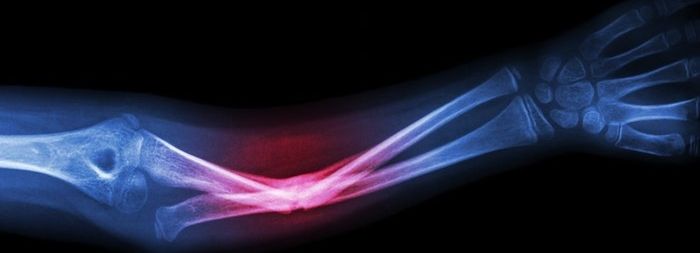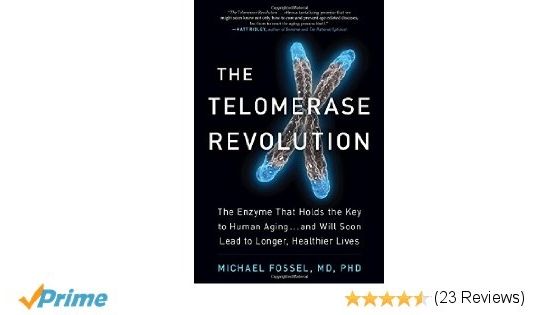Was hit by a car when I was younger and broke my leg. This would have been better then a metal rod. Fascinating.
A team of researchers from the University of Michigan has developed a new technique to aid bone repair, using polymer nano-shells to deliver microRNA molecules. The method could one day have a big impact on regenerative medicine, directing cells already present at injury sites to aid healing.
The new study builds on previous research conducted back in 2011, where nanofiber microspheres were used to carry cells to injury sites to help the wounding process. The new work uses the same idea, but rather than transporting foreign cells, focuses on making better use of the cells already at the wound site.
The team developed tiny polymer spheres that are able to easily breach cell walls, carrying microRNA molecules to cells at bone wound sites. The spheres are designed to protect the molecules during transit, degrading once in place in cells at the site of the wound.







